climate change
Latest about climate change

A third of Earth's species could become extinct by 2100 if climate change isn't curbed
By Olivia Ferrari published
An analysis of research on most known species around the world finds climate change puts many species at risk of extinction, and the risk increases with more global warming.
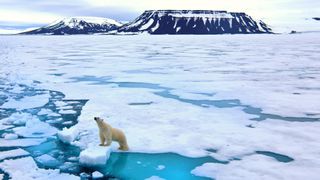
'Ominous milestone for the planet': Arctic Ocean's 1st ice-free day could be just 3 years away, alarming study finds
By Ben Turner published
The Arctic's ice cover could dip below a crucial threshold as soon as 2027, and will do so inevitably in the next 20 years if greenhouse gas emissions continue, scientists warn.
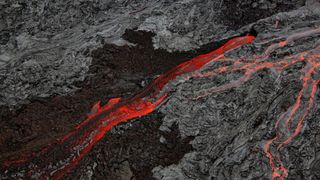
'Cryptic carbon' may leak from volcanoes millions of years after eruptions end
By Skyler Ware, Eos.org published
Dissolved carbon dioxide may have bubbled up from magma far below Earth's surface, contributing to prolonged warming.
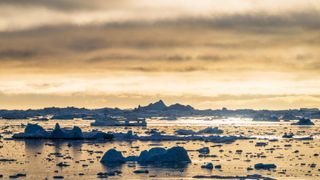
Key Atlantic current is weakening much faster than scientists had predicted
By Ben Turner published
A current key to stabilizing climates across the Atlantic and beyond could be one-third weaker by 2040, a new study has revealed.
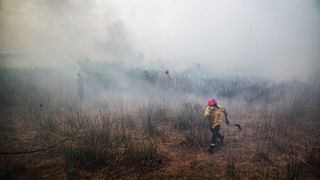
'A harbinger of what's to come:' NASA satellites show massive drop in global freshwater levels
By Ben Turner published
NASA satellites discovered that Earth's surface has lost enough water to empty Lake Erie two and a half times since 2015. And the problem could be here to stay.
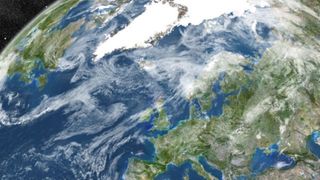
This spot will be key to the inevitable collapse of a key Atlantic current
By Sascha Pare published
New modeling research reveals that the Atlantic Meridional Overturning Circulation (AMOC) is particularly vulnerable to shifts in the Irminger Sea from increasing Arctic meltwater.
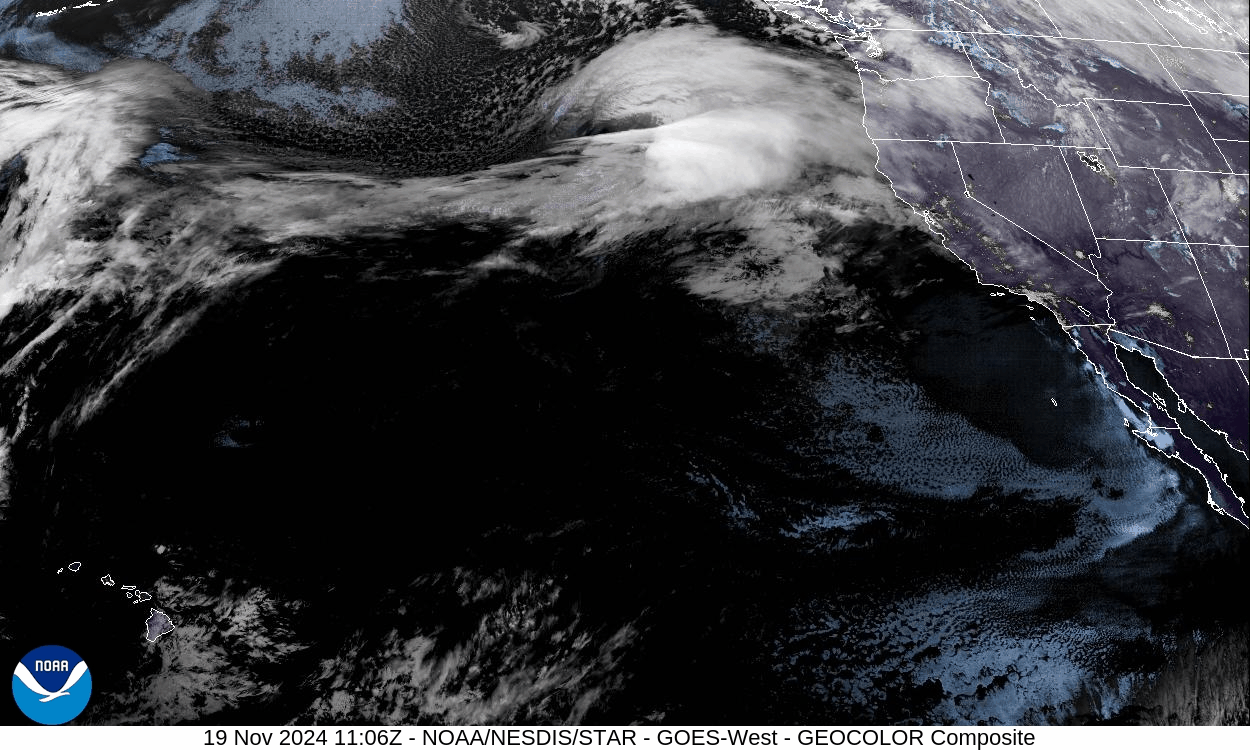
'Bomb cyclone' bringing high winds to West Coast seen from space in stunning timelapse
By Ben Turner published
A low-pressure system will bring extreme gales and heavy rain to the West Coast over the next three days.

'Dengue is coming': Climate-fueled rise in cases will affect the US, scientists warn
By Emily Cooke published
New research suggests that climate change is currently driving a surge in global dengue infections and that case rates could increase by 60% by 2050.
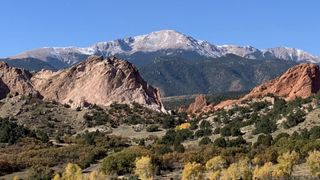
'Missing link' found in ancient rocks of Colorado show that Snowball Earth really happened
By Liam Courtney-Davies, Christine Siddoway, Rebecca Flowers published
Geologists found evidence in the way enigmatic sandstones called Tava formed in the Rocky Mountains hundreds of millions of years ago.
Sign up for the Live Science daily newsletter now
Get the world’s most fascinating discoveries delivered straight to your inbox.

